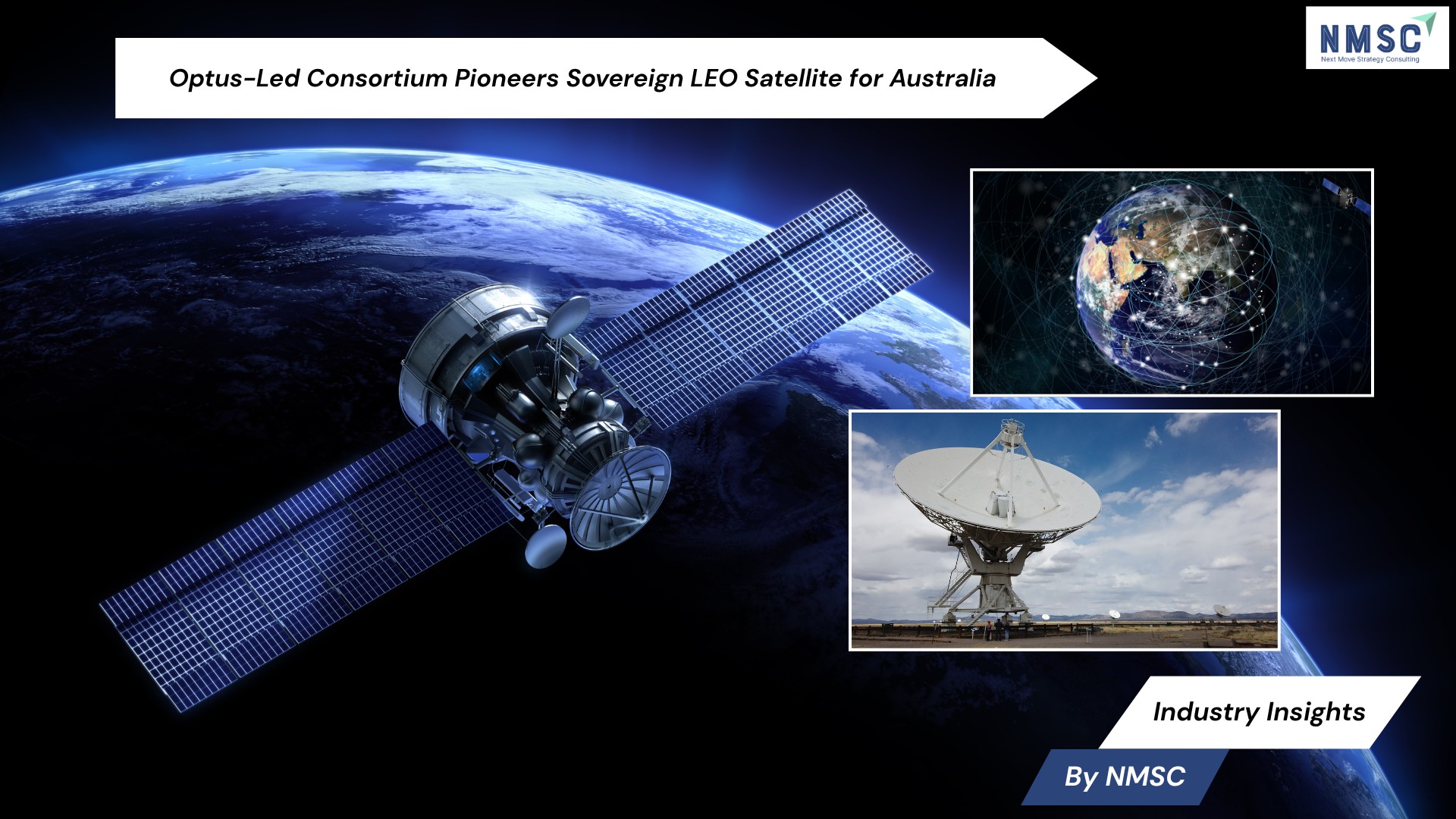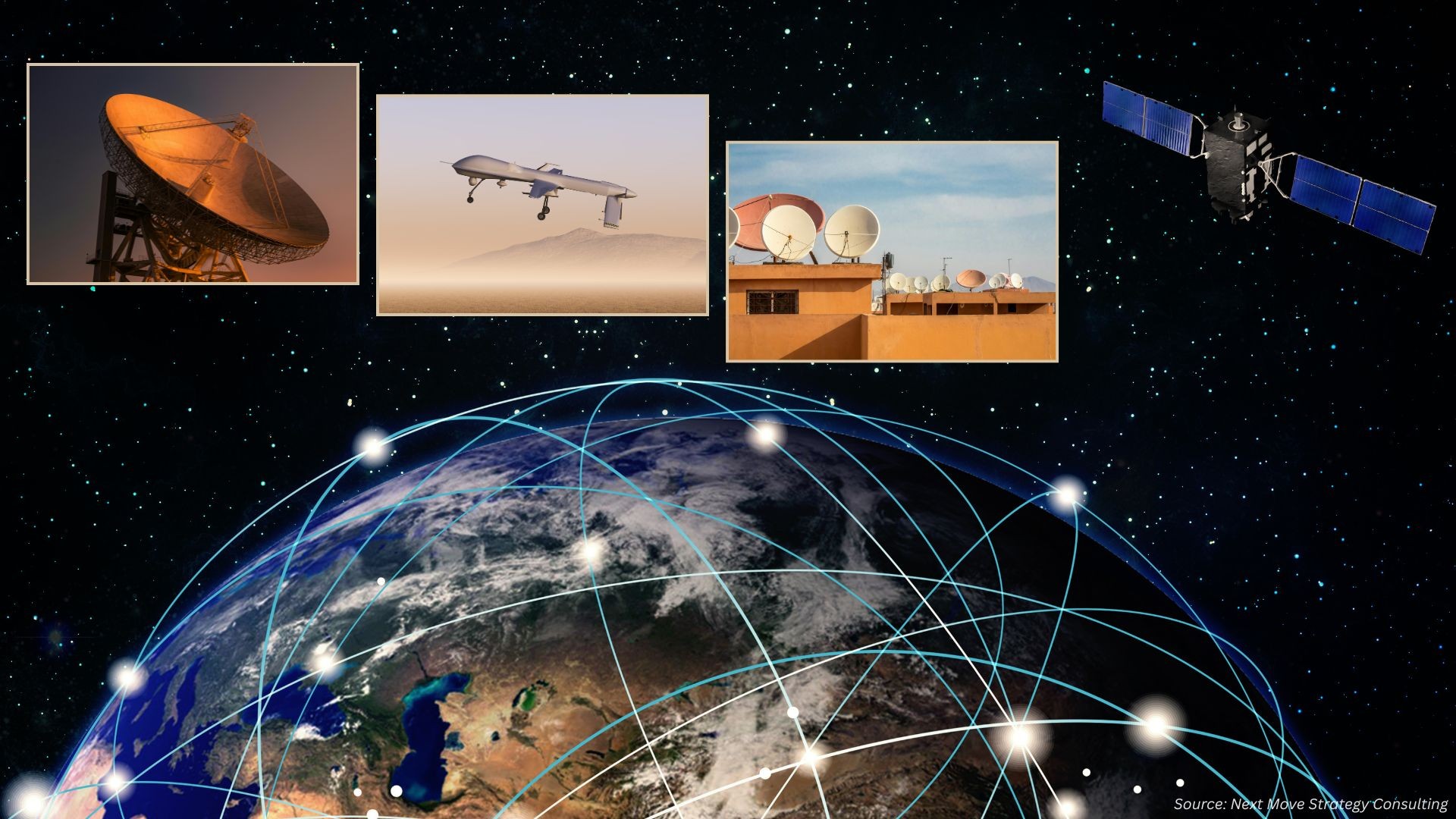Optus-Led Consortium Pioneers Sovereign LEO Satellite for Australia
Published: 2025-07-18

As global demand for advanced connectivity and space domain awareness surges, an Optus-led consortium has unveiled plans to build, launch, and operate a sovereign Australian Low Earth Orbit (LEO) satellite, marking a bold step forward for the nation’s space capabilities. This ambitious collaboration, set to launch in early 2028, unites industry, academia, and government to deliver cutting-edge space technology and strengthen Australia’s position in the global space sector.
A Collaborative Leap for Australian Space Innovation
The consortium, comprising Optus, iLAuNCH Trailblazer, HEO, Inovor Technologies, and the Australian Department of Defence’s Defence Science and Technology Group (DSTG), aims to redefine space-based connectivity and observation. By leveraging local expertise and advanced technology, the project will enhance Australia’s sovereign capabilities in satellite communications and space domain awareness, addressing critical needs for both commercial and defense applications.
“This $50 million project represents a huge step forward in transforming Australia’s world class research to sovereign space capabilities for our nation,” says Darin Lovett, Executive Director of the iLAuNCH Trailblazer.
Key Features of the LEO Satellite
The LEO satellite, to be built by Inovor Technologies at Lot14 in Adelaide, South Australia, and operated by Optus from its Belrose Space Operations Centre in Sydney, will carry two advanced payloads developed under the Australian Government’s iLAuNCH Trailblazer Universities Program, sponsored by the Federal Department of Education:
-
HEO’s 20cm Adler Imager: A specialized space telescope designed for non-Earth imaging, enabling high-resolution observation of space objects. This capability will provide critical insights for defense, intelligence, and commercial customers, supporting space asset management, infrastructure protection, and enhanced observation of celestial bodies.
-
Optical and RF Communications Terminal: Developed by the University of South Australia with support from SmartSat CRC, this compact terminal will use laser-based optical technology and conventional radio frequency systems to enable high-speed data transfer between satellites and ground stations, advancing research in LEO communications.
A Vision for Connectivity and Sovereignty
HEO senior partnerships manager Joann Yap said the partnership combines the vendor’s technological capabilities, Optus’ knowledge of deep satellite operations and the University of Southern Queensland’s research.
“This collective effort is strategically designed to deliver robust, sovereign space solutions that benefit our nation and allies, and propel the entire Australian space industry forward,” she said.
“Connectivity continues to play a critical role in the Australian economy,” said Nick Leake, Head of Satellite and Space Systems at Optus. “By collaborating with Australia’s industry leaders across public, private, and academic sectors, we are able to further advance the use of technology to solve problems, fuel growth, and define what’s next for the telco industry.”
Industry Impact and Future Prospects
This exciting project builds on the innovative work already announced by iLAuNCH in partnership with The Australian National University (ANU), Optus, an Leonardo UK to build smaller, lower cost laser communications ground stations. Additionally, Optus is in discussion with other partners to explore additional opportunities that will help develop future space capabilities, including multi-orbit pathways.
“This project is a great example of industry, academia and government coming together to develop groundbreaking space technologies to catapult the Australian space sector forward,” says Dr Matthew Tetlow, CEO of Inovor Technologies. “For Inovor Technologies, this represents a significant milestone in our strategy to build larger, more capable spacecraft using the success we’ve achieved on orbit as a foundation to deliver genuine Australian-made space capability. This collaboration will strengthen our national space sovereignty by accelerating advanced satellite manufacturing, creating highly skilled jobs, and proving that Australia has the capability to lead in the global space industry.”
Shaping Australia’s Space Future
As the global space industry accelerates, the Optus-led LEO satellite project positions Australia as a leader in sovereign space technology. By combining cutting-edge payloads, local manufacturing, and operational expertise, the consortium is paving the way for a resilient and innovative space ecosystem that supports national interests and global ambitions.
With this initiative, Optus and its partners are not only launching a satellite but also propelling Australia’s space sector toward a future defined by technological excellence and strategic independence.
Prepared by: Next Move Strategy Consulting
















Add Comment